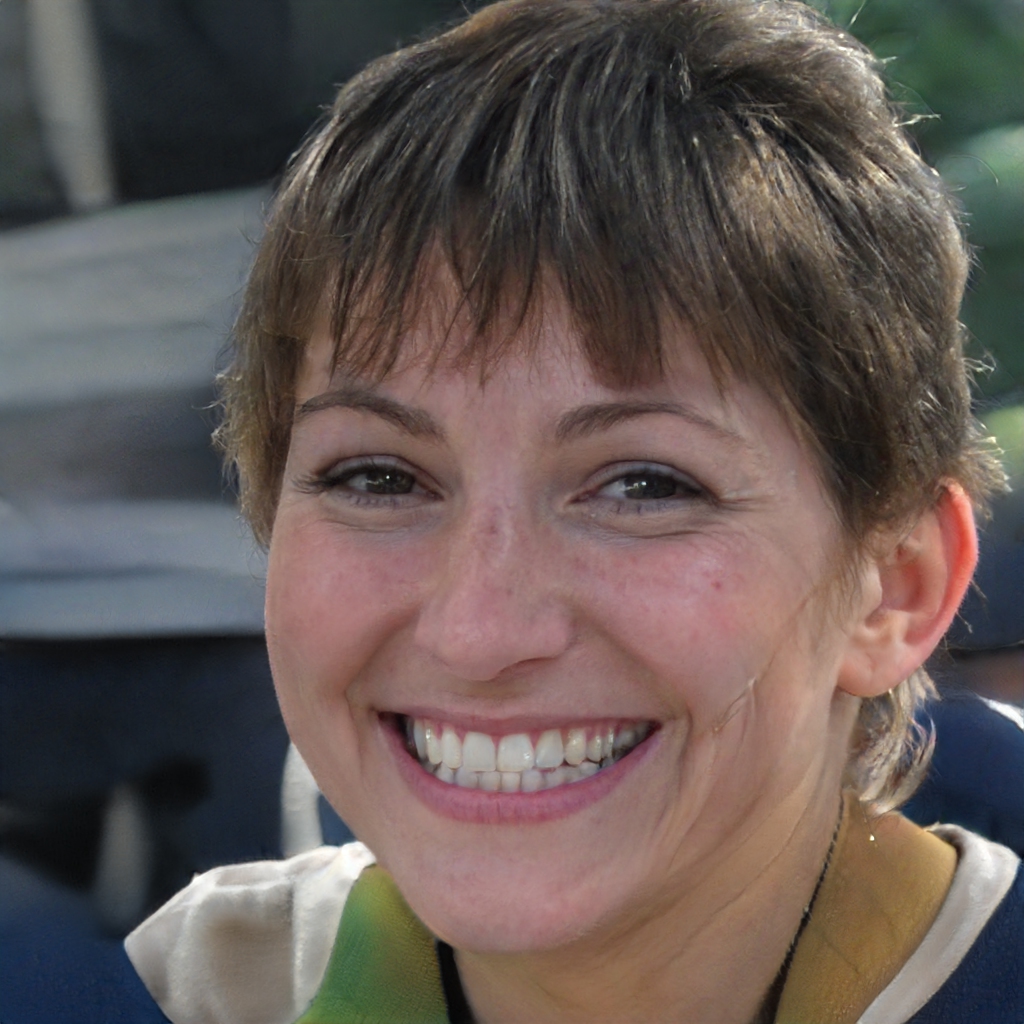We understand the poverty line (or poverty line) as a way to measure the minimum and also the maximum income that a given country can have, taking into account its customs, traditions or beliefs to acquire an adequate standard of living among its inhabitants. In other words, it makes it possible to assess the percentage or the exact number of people who cannot satisfy their most basic needs (economía doméstica, education, health, housing, daily food, etc.).
Characteristics of the poverty line
Not only the inhabitants of thepoorest countries in the worldthey live below the poverty line. In more developed countries or with a goodeconomic growth rate It is also common to find people who cannot satisfy certain basic needs, such as access to decent housing or to basic services such as drinking water or electricity.
Along these lines, the United Nations (UN) uses 2 different meanings to define the concept of the poverty line:
- Absolute poverty threshold: it is obtained by calculating estimates of the cost of food necessary to cover a person's needs, to which is added the cost of other basic non-food products.
- Relative poverty line: those who earn less than half the median income of a country are considered to be below the relative poverty line.
But what do we call poverty and extreme poverty?
If we look at the definition of the poverty line in quantitative terms, we can refer to the concept that specifies the World Bank, according to which we understand that a person lives in poverty when:
- Below the poverty line: you live on less than $ 3,2 a day in a lower-middle-income country.
- Below the poverty line: live on less than $ 5,5 in an upper-middle-income country.
- Extreme poverty: live on less than $ 1,9 a day.
Likewise, it is understood that a person lives in extreme poverty when they do not have access or lack three or more of the following basic needs: housing, daily food, education, health, electricity or sanitation in their home.
